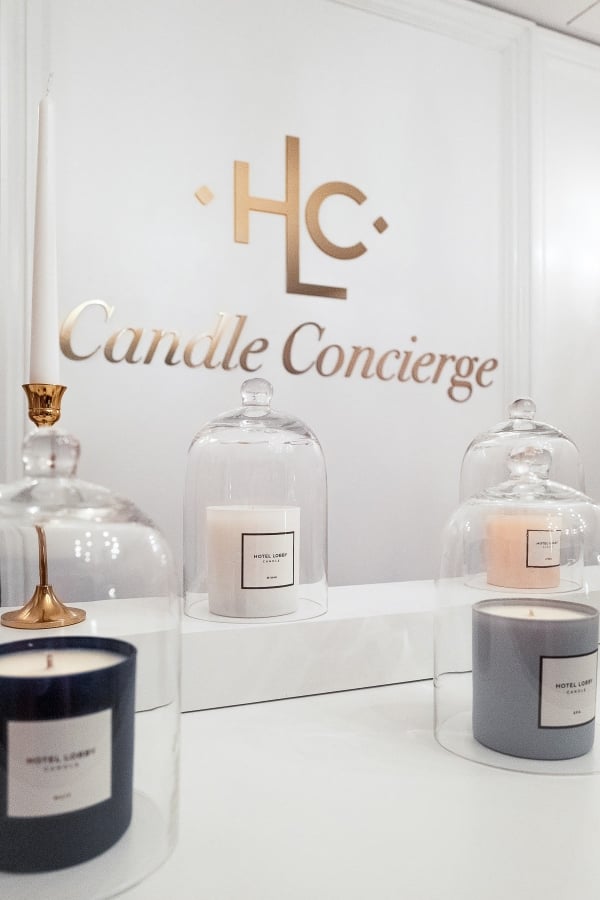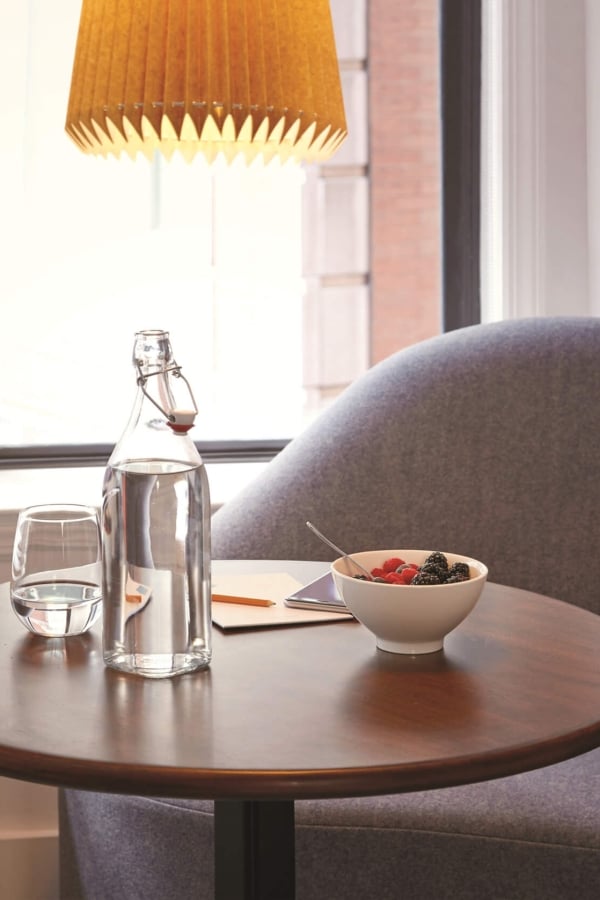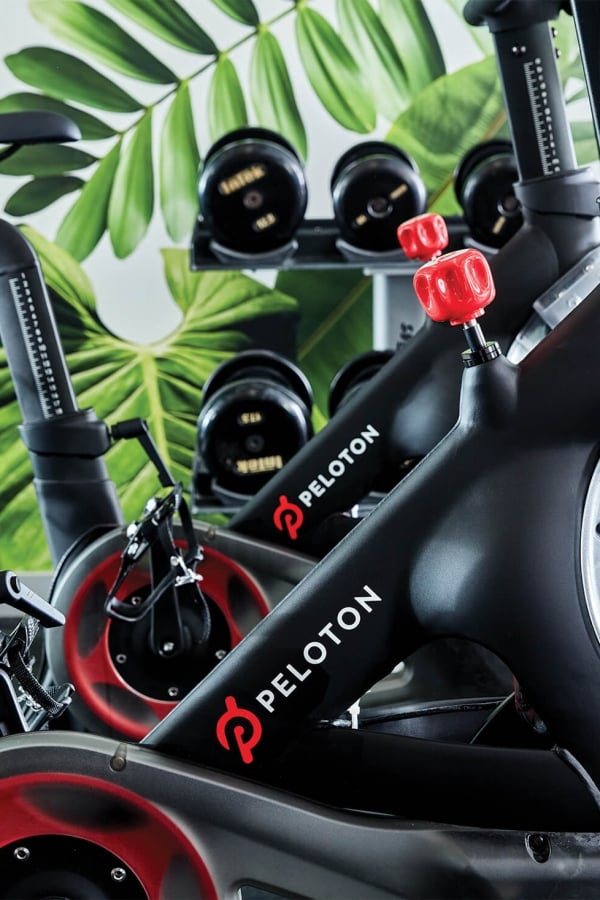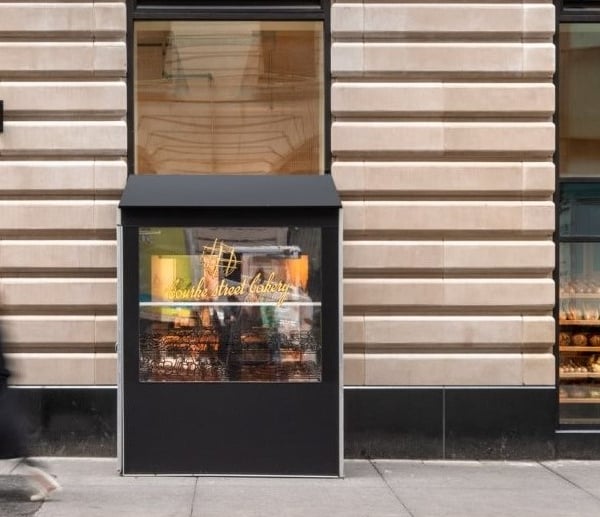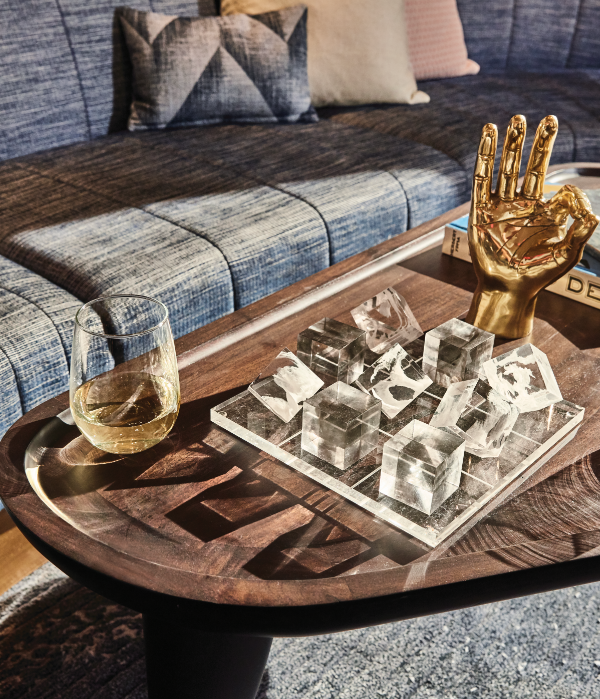Hotel Happenings
When you’re our guest, we want to show you the best of New York City — that includes local artists, live performers, and rich cultural experiences. Check out our unique lobby events and activations for a truly unforgettable stay at The James NoMad.

